DIY Bokashi Bran Recipe

L.J.
Environmental Advocate
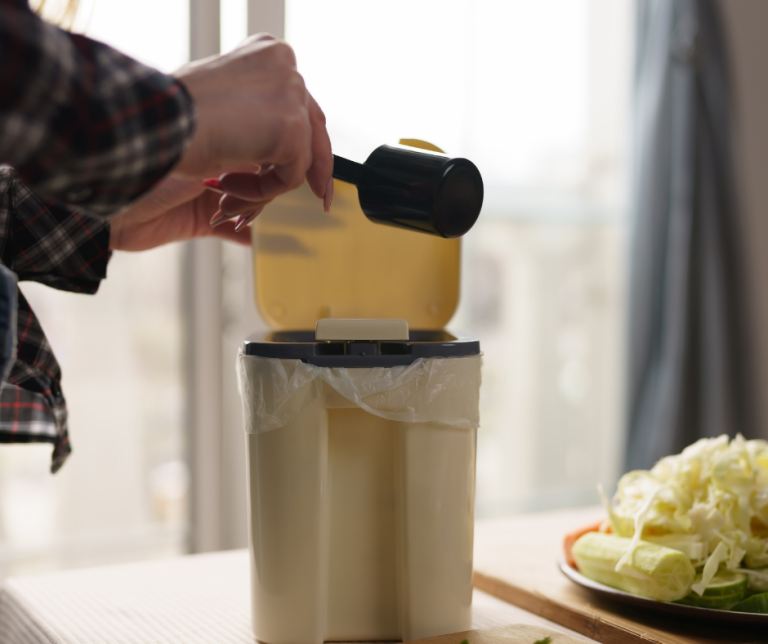
Making your own Bokashi bran is simple, cost-effective, and surprisingly fun. With just a few ingredients like wheat bran, molasses, and EM-1 microbes, you can whip up a batch that’s just as effective as store-bought.
In this guide, I’ll walk you through the process step by step so you can keep your composting system thriving without breaking the bank.
This guide includes affiliate links. I may earn a small commission if you buy through them — at no extra cost to you.
Contents
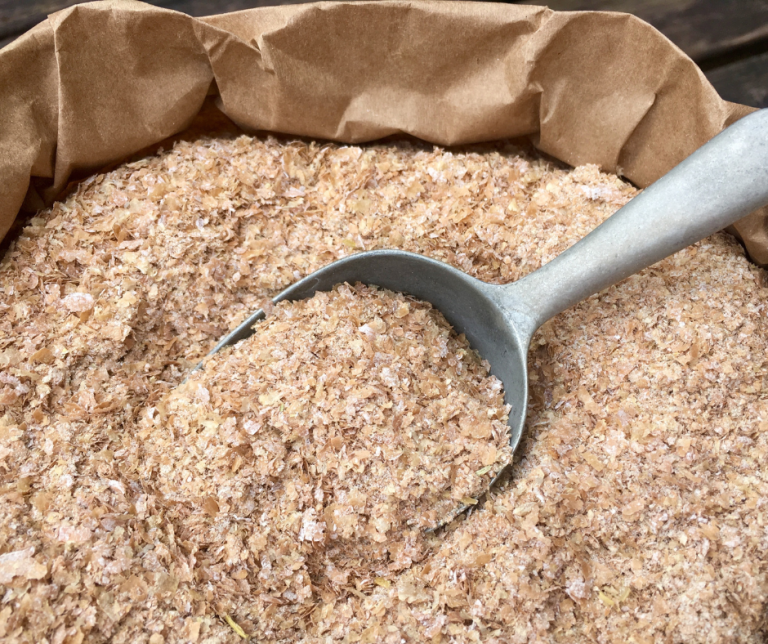
What is Bokashi Bran?
Bokashi bran is a dry mix of wheat or rice bran and molasses, inoculated with Effective Microorganisms (EM). It is the key ingredient for Bokashi composting, as it kickstarts fermentation, suppresses odours, and produces a liquid by-product known as Bokashi tea.
- Wheat/Rice Bran acts as the carrier for microbes.
- Molasses is a simple carbohydrate that feeds the microbes throughout fermentation.
- Effective Microbes (EM): A mix of beneficial microbes—including lactic acid bacteria, photosynthetic bacteria, and yeasts (a type of fungus)—that support anaerobic fermentation.
🧪 Bokashi Bran Recipe
This recipe produces approximately 10 kg of finished Bokashi bran, ideal for regular household use or small community setups.
Ingredients
- 10 kg of Wheat bran
- 100 ml of EM-1 solution (Effective Microorganisms)
- 100 ml of Molasses or sugar (microbe food)
- 10 L of Water (for moisture and activation)
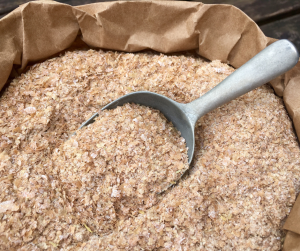
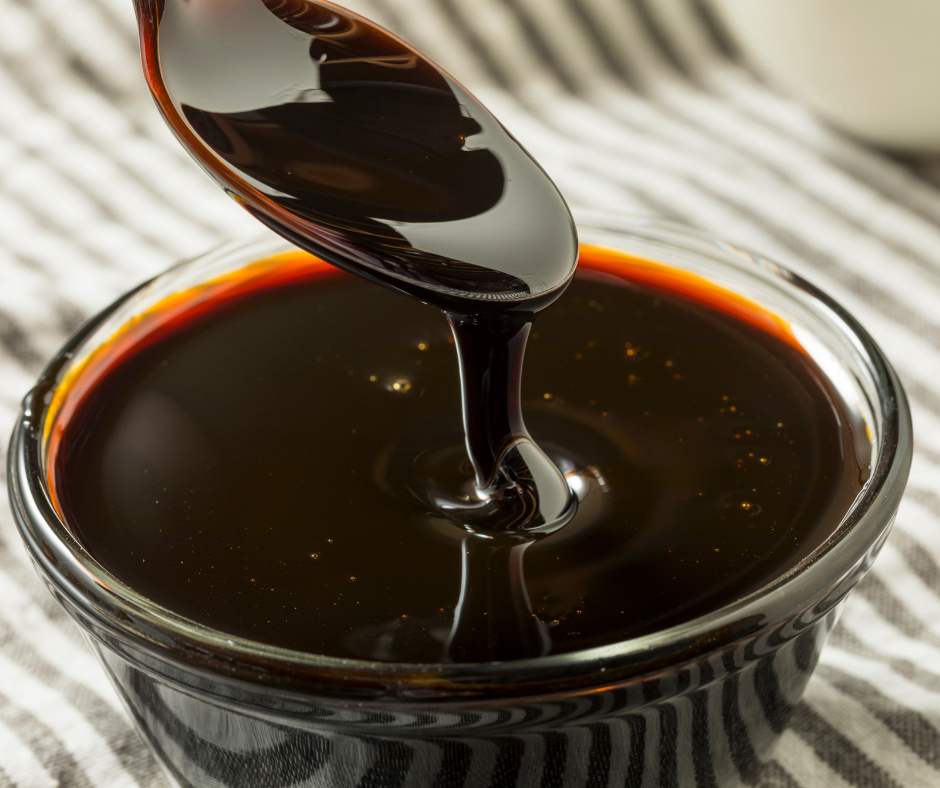
Method
- Mix the liquids: Dissolve 100 ml of molasses in 1 L of warm water, then stir into the remaining water (9 L).
- Add EM-1: Mix the EM-1 into the liquid solution.
- Inoculate the bran: Slowly pour the liquid over the bran, mixing thoroughly to ensure even moisture.
- Check moisture: Squeeze a handful—if it holds shape but doesn’t drip, it’s perfect (35–40% moisture).
- Ferment: Seal in an airtight container or bag and leave for 2–4 weeks.
- Dry: Spread out to dry completely before storing.
- Store: Keep in a cool, dry, airtight container. Shelf life: up to 1 year.
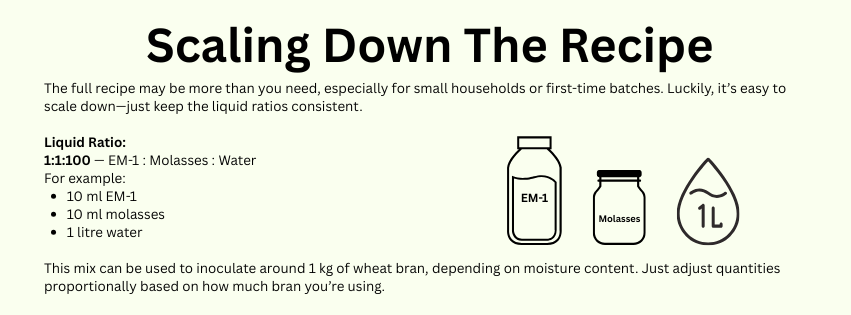
🧺Alternative Carriers
You can swap wheat bran for other porous, carbon-rich materials. These alternatives have been used successfully in DIY Bokashi recipes:
- Rice husks, also called rice hulls.
- Coffee grounds
- Shredded newspaper
- Sawdust
When using alternatives, aim for a dry, absorbent texture and avoid anything oily, glossy, or chemically treated.
Its key to maintain the same moisture and microbial ratios (1:1:100 of EM-1 : molasses : water) for consistent fermentation.
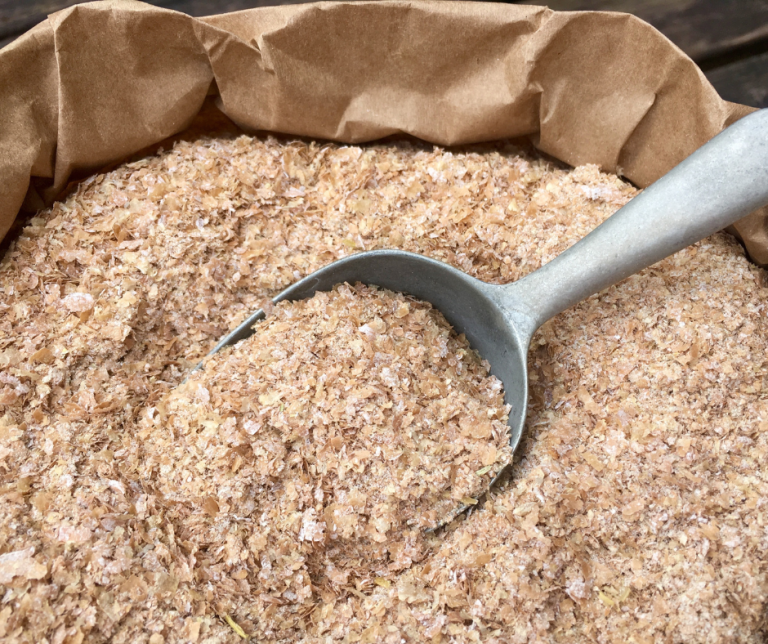
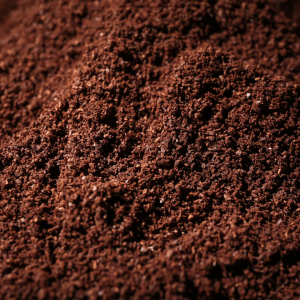
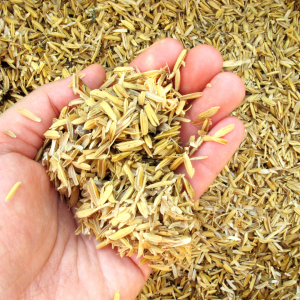
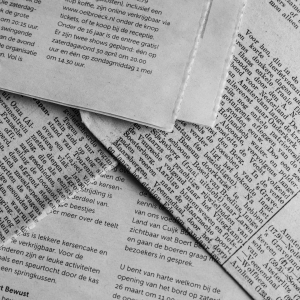
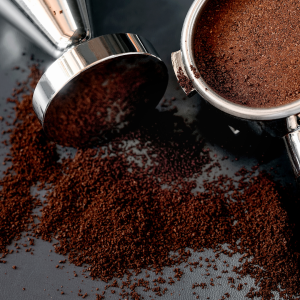
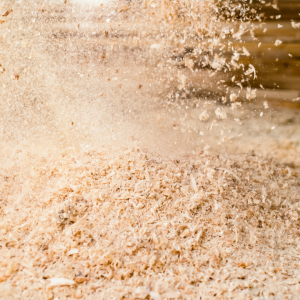

💷 Cost-Saving Alternatives
Coffee Grounds: Local cafés often offer used coffee grounds for free—just ask! You can also check with composting clubs or gardening groups; if they don’t have extras, they may know where to source them locally. Grounds are rich in nitrogen and make an excellent carrier for EM microbes.
Shredded Paper: Use black-and-white newspaper or unbleached office paper only. Avoid glossy, coloured, or chemically treated sheets, as they may interfere with microbial activity. Shred finely using a shredder, or tear manually if needed—though this is more time-consuming.
♻️ Rescue and Reuse
Fermentation Tip: Save and reuse airtight containers or freezer bags for fermenting your Bokashi bran. Recycling materials not only cuts costs but keeps your setup eco-friendly.
You can try and source free food-grade buckets with air-tight lids.
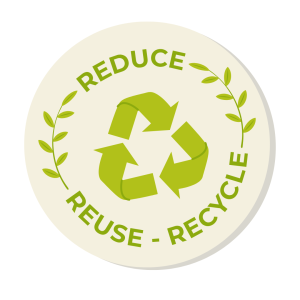
🛒 Where to Buy Ingredients for DIY Bokashi Bran
🖱 Online Suppliers
You can easily source everything you need online or you may be able to find local suppliers.
Amazon UK
- Wheat Bran – Burnhills Horse Feed, 20kg
- Rice Husk – GOTVIGE, 10kg
- Molasses – Blackstrap or cane sugar molasses
- EM-1 Solution – Moutta EM-1® 1L
Wilton Eco Store
These suppliers offer reliable options for small batches or bulk buying. Just be sure to check for food-grade molasses and store everything in airtight containers once opened.


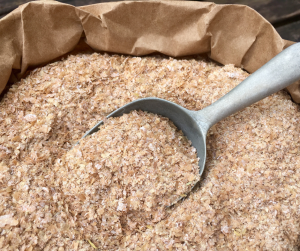
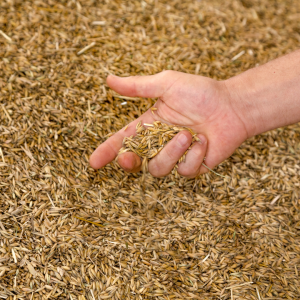
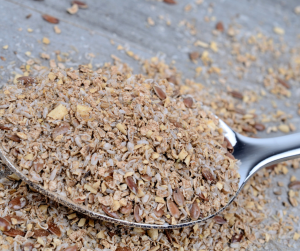
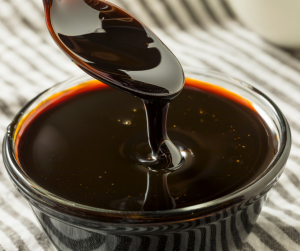
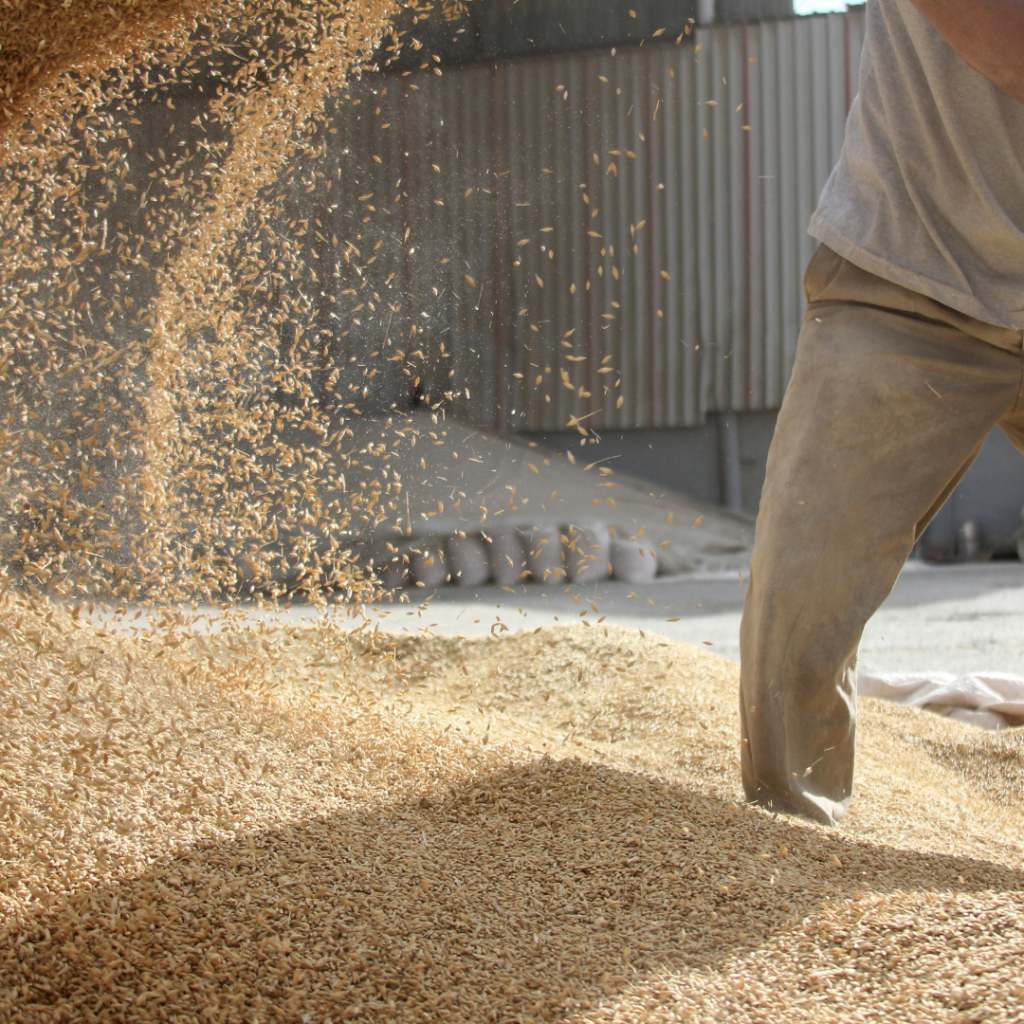
🛍️ Local Suppliers for DIY Bokashi Bran
Sawdust
- Look for untreated softwood sawdust
- Ask local timber yards or carpenters—many offer it free or cheap
- Check pet supply shops for sawdust bedding (always verify it’s additive-free).
Wheat Bran & Rice Husks
- Visit local feed stores—they often stock wheat bran in bulk
- Some may carry rice husks as bedding or feed filler
- Ask staff directly or check with nearby farms or equestrian centre
Always confirm materials are untreated and chemical-free.
📦 How to Store Bokashi Bran
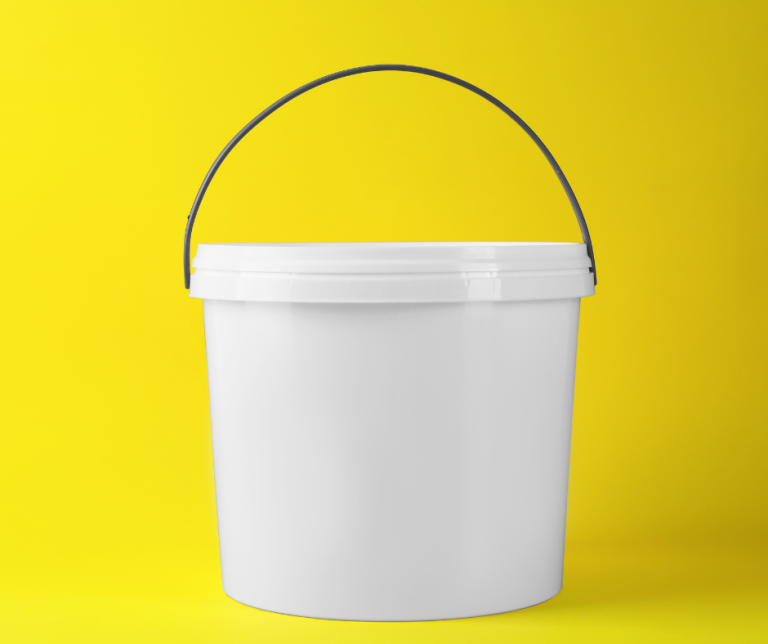
Store It Right: Bokashi Bran Storage Tips
Stored properly, Bokashi bran can stay active for up to a year. Here’s how to keep it fresh and effective:
- Keep it dry – Moisture activates the microbes prematurely. You want fermentation to happen inside your Bokashi composter, not in storage.
- Use airtight containers – Recycled buckets, tubs, or freezer bags work well.
- Store in a cool, dark place – Avoid direct sunlight, heat sources, or damp areas.
- Label your batches – Include the date and ingredients used to track performance and tweak future recipes.
If you’ve sourced free or low-cost food-grade buckets from florists, bakeries, or cafés, they’re ideal for both fermentation and long-term storage.
🛍 Prefer to Buy Your Bokashi Bran?
We get it—DIY isn’t for everyone.
Bokashi bran is available in bags ranging from 1 kg to 15 kg, and buying larger sizes often means better value per kilogram.
You can buy 1 kg, 2 kg, 3 kg, 5 kg, 10 kg, and 15 kg bags on Amazon. One popular option is Wiggly’s Live Bokashi Bran—a high-quality compost accelerator made with a rich mother culture, effective for up to 18 months when stored correctly.
Other UK suppliers include:
- Agriton Group sells 1kg, 2kg & 15 kg bags.
- EvenGreener offer 1 kg & 3 kg refill bags.
Want to go further with Bokashi composting?
Affiliate Disclosure: If you choose to make a purchase using our links, I may earn a small commission – it helps me keep sharing, and it wont cost you extra.
